AI is a concept that has been around, formally, since the 1950s, when it was defined as a machine’s ability to perform a task that would’ve previously required human intelligence. This is quite a broad definition and one that has been modified over decades of research and technological advancements. When you consider assigning intelligence to a machine, such as a computer, it makes sense to start by defining the term ‘intelligence’ — especially when you want to determine if an artificial system is truly deserving of it. AI comes in different forms that have become widely available in everyday life. The smart speakers on your mantle with Alexa or Google voice assistant built-in are two great examples of AI. Other good examples are popular AI chatbots, such as ChatGPT, the new Bing Chat, and Google Bard. Artificial intelligence has the power to change the way we work, our health, how we consume media and get to work, our privacy, and more.
Consider the impact that certain AI systems can have on the world as a whole. People can ask a voice assistant on their phones to hail rides from autonomous cars to get them to work, where they can use AI tools to be more efficient than ever before.
Why AI?
Software engineering, math, designing, and other related disciplines are totally joined in the interdisciplinary area of AI (artificial intelligence). Normal language handling, picture acknowledgment, mechanical technology, and dynamic calculations are only a couple of instances of the many purposes for AI.
AI learning can inspire students to generate ideas and solutions, fostering creativity and innovation – essential skills in today’s competitive and evolving job market. It is particularly important to not exclude AI education from underrepresented student populations.
Providing students with access to AI education can help close opportunity gaps, ensure they have the skills and knowledge to compete in the global workforce, and create a more diverse pool of talent in AI and related fields. This diversity can lead to better problem-solving, creativity and innovation in the development of AI technologies and solutions.
Job Opportunities in AI
After completing this course, students will get new job roles and advancements in the AI field. The various roles in an AI career are as follows
AI Analysts and Developers
AI Engineer and Scientist
AI researcher
AI Algorithms Expert
Robotics specialist
Military and aviation specialist
Maintenance and mechanical engineer
Surgical AI technician
The graduates from Computer Science and Engineering programme are expected to achieve the following Programme Educational Objectives within a few years of graduation.
The Computer Science and Engineering programme graduates will be able to
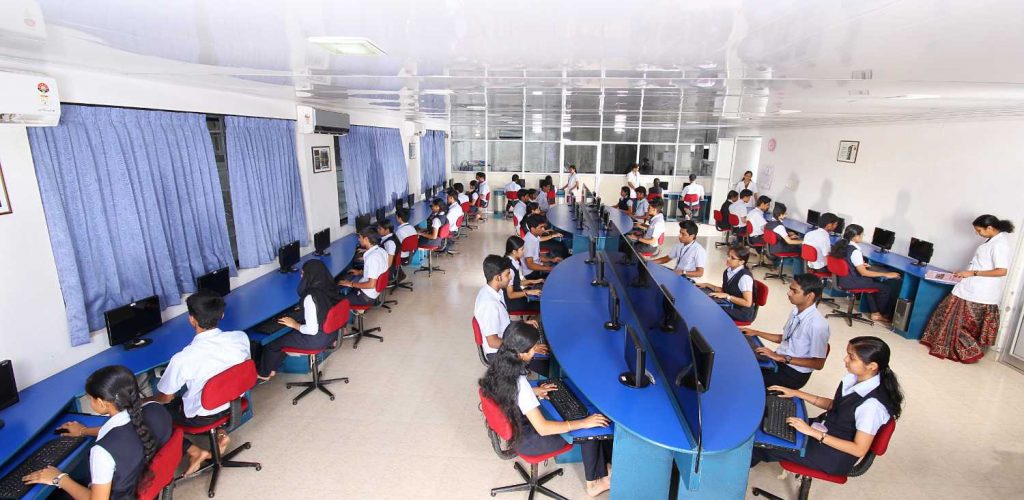
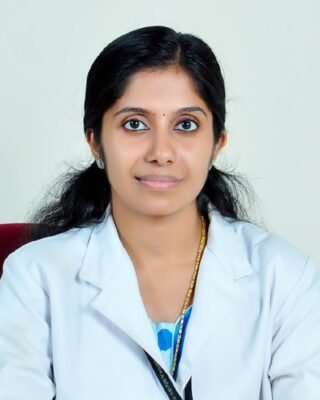

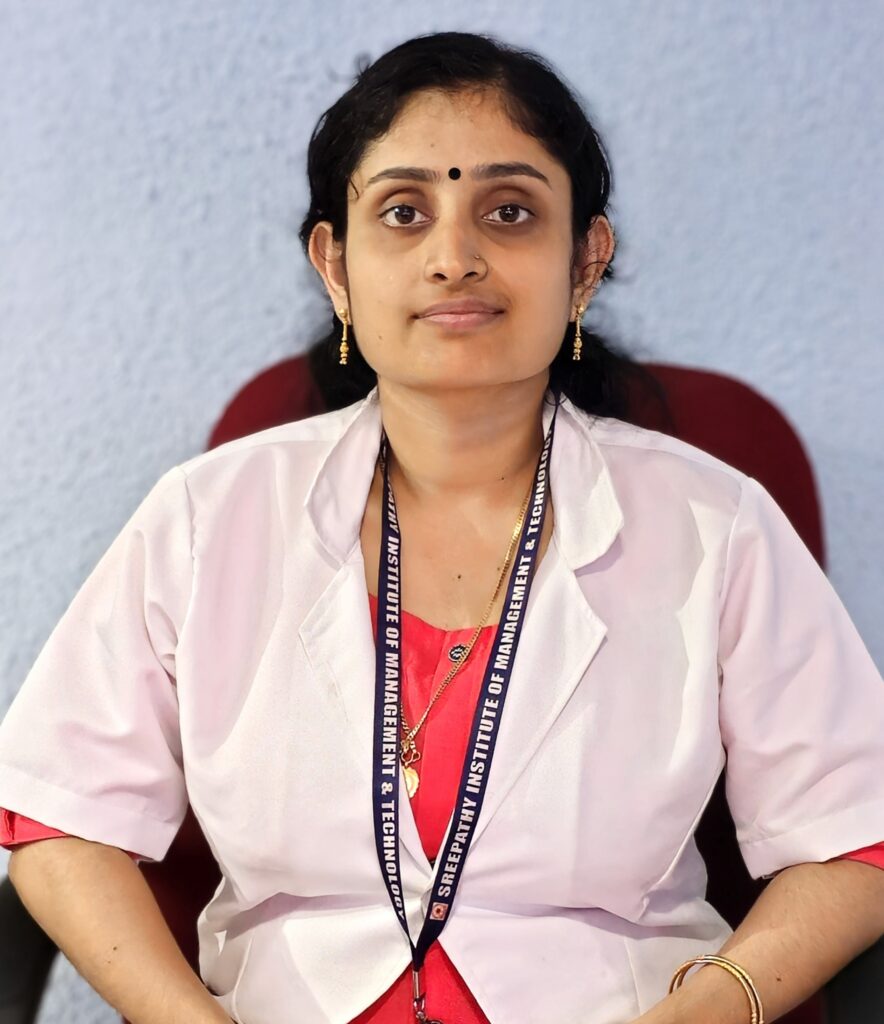
M Tech
anupamaarvind.p@simat.ac.in
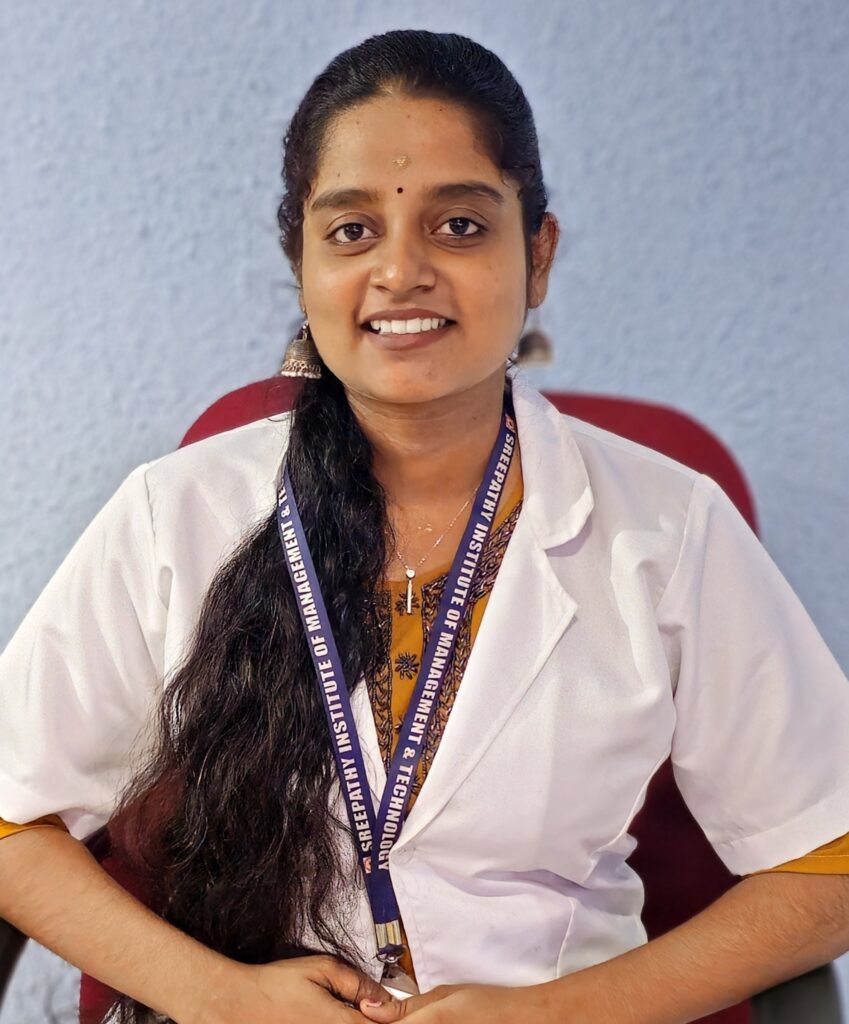
M Tech
nibha.@simat.ac.in

M Tech
neethu.k@simat.ac.in
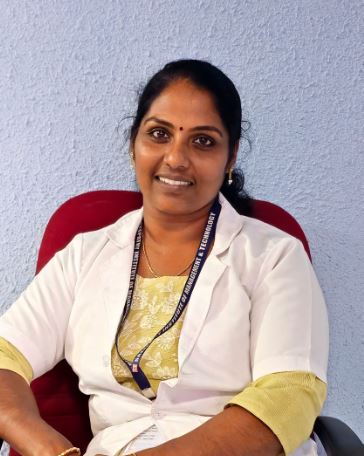
M Tech
jaicykthomas@simat.ac.in



B Tech
khadeeja@simat.ac.in
Phone:
0466 2370200, 2371300,
9447131000, 7902815555
Fax: 0466-2370300
Email:
principal@simat.ac.in,
sreepathycollege@gmail.com
Principal:
Prof. (Dr.) S.P. Subramanian
M.Tech., PhD
© All Rights Reserved. Sreepathy Institute of Management and Technology.
Developed and managed by CSE Department.